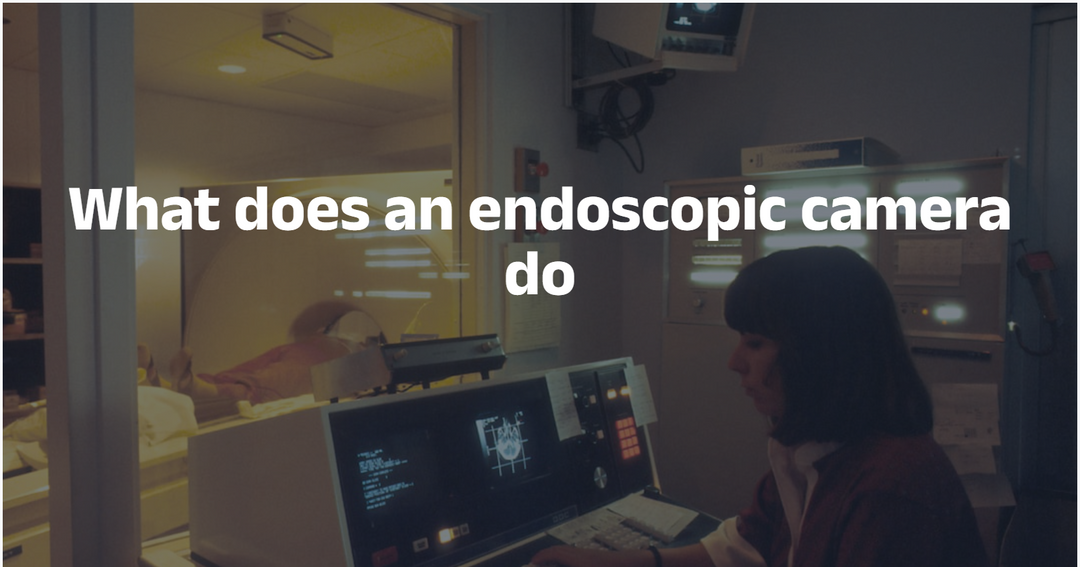How to Detect Hot or Loose Electrical Connections
The principal commercial application of thermal imaging has been used in electrical system inspection since this technology was unveiled more than four decades ago. The operating conditions of the electrical system can be determined by looking at the thermal photographs of the system’s components.
Thermography is so applicable in monitoring electrical systems because it begins to degrade as soon as any electrical or power system is installed. No matter how heavily a circuit is loaded, vibration, wear and tear, and heat can make electrical connections loose, and the atmosphere can hasten the corrosion of those connections.
Simply said, all electrical connections have a natural tendency to degrade over time. These deteriorating connections cause faults if they are not discovered and fixed.
How does a loose connection produce heat?
A loose or corroded connection will itself create more resistance at the connection point. Thus, it will increase heat within this connection as resistance is directly proportional to heat generation in electrical connection if the connection is sub-optimal. It is essential to detect and correct any failing connections before they create a fire hazard and impending shutdowns that can be crucial to manufacturing, commercial, and institutional activities, and their operations.
Such preventative measures are crucial because when a major system malfunctions, it inevitably raises costs, necessitates the reallocation of resources, decreases productivity, jeopardizes company profitability, and affects the safety of staff, clients, and customers.
Using thermal imaging to find hotspots and loose connections
It is easy to find a problematic connection from a safe distance without making surface-level contact and usually long before any incident or failure occurs. This scan can be easily accomplished with the help of affordable and usable thermal imaging cameras.
Recent years have seen significant advancements in thermal imaging technologies. Today’s compact, portable infrared cameras, allow users to measure an object’s temperature rapidly and accurately by pointing the device at it.

NOYAFA NF-522
This thermal imaging camera NF-522 is highly capable of detecting thermal variation in the temperature of any electrical connection. The software installed in this device can provide color-coded palettes so that the users can interpret the presence of any heat.
With the use of an infrared imaging camera, any unforeseen problems will be displayed on the camera’s screen. The thermal imaging device’s screen will show a live feed of the object being scanned. Once the inspection is over, the inspector can upload the image to a computer or smartphone to adequately analyze and interpret the captured data.
Some features and benefits of using Thermal Imaging Camera NF-522:
Features of NF-522 thermal camera:
- Thermal imaging resolution of 200x150
- Temperature range is from –40℃ to 330℃
- Thermal sensitivity is 65mK
- Auto color palette switching sequence
- Seven-color sequence to cover a wide range of inspection
- Built-in 2.8-inch TFT luminous LCD
- 16 GB MiniTF memory card for storage
Benefits of using NF-522 thermal camera:
- Self-maintenance of living quarters, office building, and production power
- Helps in diagnosing the causes of areas performing poorly through switchboards
- To locate and pinpoint 3 phase discrepancies
- Assists in finding fuses that are turning into hotspots
- It comes with a rechargeable 5000mAh battery for portability and prolonged use
- Help you find power-related faults before they occur in real-time
- Save your valuable time and money.
Possible reasons electrical connections becoming loose:
The following five are the main factors that lead to a cause of making electrical connections becoming loose:
- Creep is known to be the reshaping of the conductor that takes place naturally over time. This permanent deformation does not go back to its original state.
- Thermal changes are known to occur naturally in the conductor with the passage of time; when the current is turned on or off, which causes contraction and expansion.
- External vibration may arise due to heavy equipment operating nearby or other factors. But when that happens, avoiding them might become challenging.
- Arc Faults are electrical discharges that occur within electric circuits due to loose, corroded, and damaged electric wires.
- A power surge due to faulty wiring, which includes loose cables and the exposed casing, is likely to lead to a power surge.

(Image: Identifying hot spot in electric switchboard using IR camera)
How to locate loose connections?
Thermography is perhaps one of the simplest and quickest ways to locate weak connections. Keeping the following points in mind will help the user in effective locating:
- Thermal images can be taken without shutting down the panel or circuit because it doesn’t require any contact with the terminal.
- The circuit should have been powered up at maximum current for a while before testing so that it has thermally stabilized in order to obtain an accurate image of the connection integrity.
- Other signs of thermal rise should not be ignored, such as discoloration of wires, materials within the panel, or burning odors that may indicate an abnormal surge in the temperature.
- If any connections are found to be loose, they need to be torqued back to the installation specifications.
- Typical locations for loose electrical connections are: Fuse and circuit breaker connections on switchboards, connections to hotplates, and connections to power points.
It is important to reiterate that the system must be thermally stabilized and working at its highest electrical draw in order for a thermal imaging inspection to be effective. Since not every part of a building is fully loaded at once, this necessitates systematically repeating checks at various periods.
Final Words
Before doing any inspection work, there are specific points that one must not miss. A general rule of thumb states that a follow-up thermal imaging scan should be performed once any electrical repair work has been completed. We can declare the thermal imaging scan a successful one only when there are no further hot spots apart from the ones detected earlier.
Don't let failing electrical connections cost you time and money. Take preventative measures today with thermal imaging inspection.




